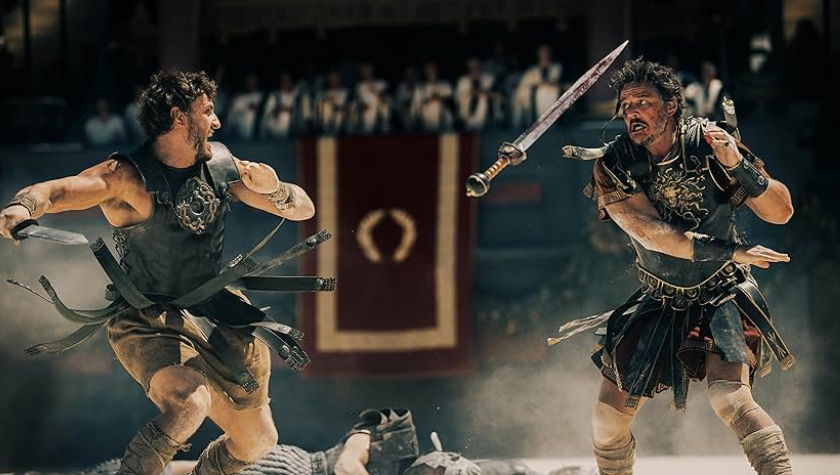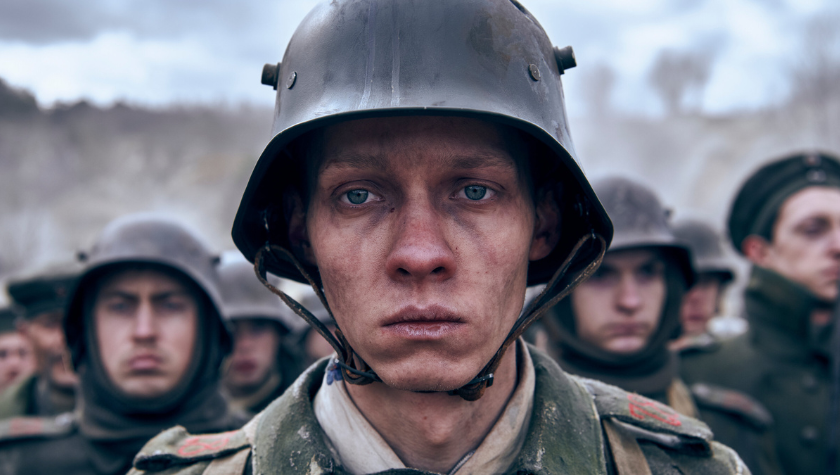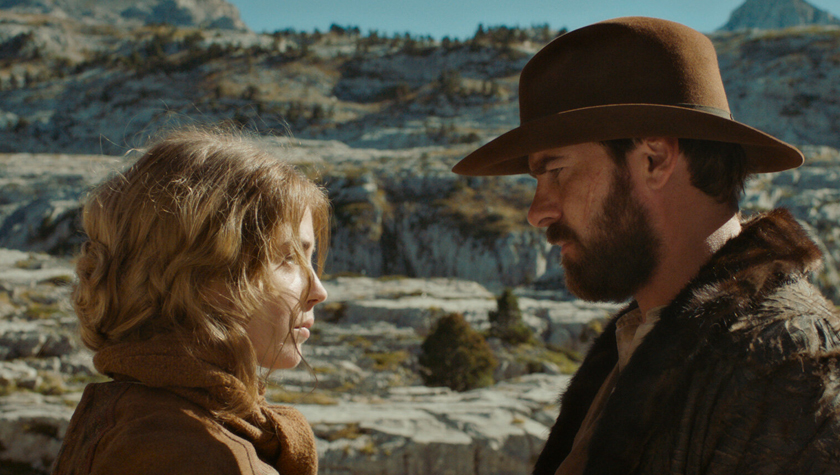5 Screenwriting Takeaways: How ‘Munich: The Edge of War’ explores the possibility of stopping World War II
February 4, 2022
What if you could stop World War II? That thought is what lies behind the story of Munich: The Edge of War, which follows two friends who, at the cusp of Germany’s takeover of the Sudetenland, find themselves with the ear of two of the world’s foremost leaders in the late 1930s: Chamberlain and Hitler.
Based on the novel Munich by Robert Harris, the film is a fictional story about a British civil servant and German diplomat who meet up in 1938 Munich as their respective countries strike a peace in hopes to avoid war. History tells us how this plays out, but the story focuses on two individuals who know the intentions of Hitler and their desperation in stopping the infamous appeasement that avoids confrontation early in the dictator’s desire to conquer Europe.
Munich: The Edge of War stars George MacKay, Jannis Niewöhner, Liv Lisa Fries and Jeremy Irons. The screenplay was written by Ben Powers and the film is directed by Christian Schwochow.
Here are five screenwriting takeaways from Munich: The Edge of War:
1. Show, don’t tell
London is preparing for war. In one of the first few scenes of the movie, Hugh Legat (MacKay) walks down the street and glances at soldiers putting sandbags down and trying to launch a barrage balloon in the center of the city. When Legat gets home, his son sits on the steps wearing a gas mask. There was not a single instance in which someone comments on what is going on, but rather the viewer sees the seriousness of the situation by what the director chose to share.
Screenwriters can observe how the feeling of the scene is conveyed without the use of dialogue. In this scene, it would be easy to use exposition but instead the film uses the visual medium to its full potential to best express an idea without spoken words.
2. What if?
Movies pose questions of “what if?”
What if a background player in a video game gets autonomy? (Free Guy).
What if there was a bomb on a bus that will explode if it drops below 50 mph? What would you do... what would you do? (Speed).
Munich: The Edge of War asks, “What if a British civil servant and a German diplomat risk their lives to prevent World War II?”
The “what if” question in historical context gives writers the opportunity to show minor characters in the grand events of the past and how they changed — or at least tried to change — the course of history.
Writers can use this question to dive into story and find the thought that drives the characters. Initially, it causes the writers — and the viewers who watch it — to wonder about how they would react in certain situations or what could have happened behind the scenes in historical events. While the characters are fictional, the events in the film are real.
3. Beginning versus end
Munich: The Edge of War shows an interesting contrast between the first scene and the final scene. The film opens at a party with the three main characters; Legat, Lenya (Fries) and von Hartmann (Niewöhner) at the University of Oxford enjoying life, getting drunk, and watching fireworks. They’re great friends, life is seemingly good, and everyone is happy.
The end of the movie is quite different. Audience members want to go on a journey, so you don’t want the protagonist to be in the same place they were at the beginning of the film. This doesn’t necessarily mean a different location, just emotionally changed.
The end of Munich: The Edge of War reveals the despair Legat and von Hartmann feel when their plans of preventing the impending war go awry — a contrast to the joy at the beginning.
Writers can use the contrast device to plan the character’s journey. When writers talk about not outlining, they will often mention that they know where the character starts and where they will end up, then they fill in the journey from there. Every writer has their method, right?
Regardless, how does the protagonist and the world change from the opening scene to the conclusion of the film? This film hearkens back to the beginning toward its conclusion as a way to reaffirm the evolution of the characters over the course of this snapshot in their life.
4. A work of fiction
Munich: The Edge of War is a piece of historical fiction. It’s based on a novel but does not necessarily have real characters. While the author admits that his fictional characters of von Hartmann and Legat are based on other figures, they are completely made up.
But this is based on real events, right? Well, so was Titanic, and while Molly Brown and the captain of the ship were real people, the characters of Jack and Rose were fabricated.
Putting fictional characters into a true story offers writers the opportunity to explore historical events in their own context and often use minor, behind-the-scenes characters as a device to explore more general themes and ideas. It places the audience into the situation without having to empathize with a historical figure like Chamberlain.
Authors use this device a lot in fiction, often putting their main characters in direct contact with presidents, prime ministers, and other historical figures. As for movies, everything from Forrest Gump to Bill & Ted’s Excellent Adventure has used fictional characters to interact with famous people in the past.
5. Loyalty to what?
One of the themes of the film is loyalty. From Legat’s loyalty to his family versus country, to von Hartmann’s loyalty to a new Germany in 1932, to Chamberlain’s loyalty to his people’s lives, there is a lot of commentary on what loyalty means and how far people go to remain loyal.
Writers can see how finding a deep theme that runs through several characters can place a historical film into the context of modern times. For example, von Hartmann is eager for change in his homeland and, in 1932, feels Hitler talks about what matters to Germans, brushing aside his racist and thuggish ways. Will his loyalty remain? Legat’s sense of loyalty conflicts with his job of keeping England safe and his family’s, which brings up the impact a high-level civil servant's work has on his personal life. James Bond’s loyalty, for instance, to country and saving the world was one of the things preventing him from enjoying a personal life.
What’s the theme that can not only run through the main character of your work, but other characters as well? And how can you use it to introduce conflict while also making it relatable to the lives of the audience?
Munich: The Edge of War is streaming on Netflix.
Written by: Steven Hartman
Steven Hartman is an award-winning, optioned screenwriter. He was a Top 5 Finalist in Big Break’s Historical Category in 2019 and won Best Action/Adventure in Script Summit’s Screenplay Competition in 2021. He holds a Bachelor of Arts degree from Columbia College and had internships at Jerry Bruckheimer Films and Village Roadshow Pictures. Steve is a full-time writer and creative video producer by day and a screenwriter and novelist by night.



